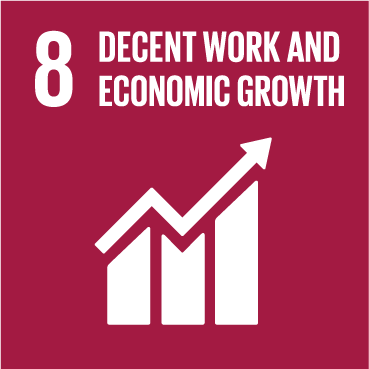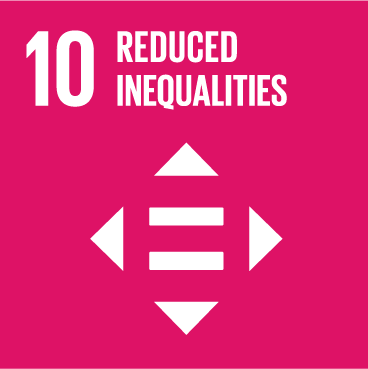These economic constraints are translated, through the National Budget, to the general public. According to Parliament, the Budget is a document of intent that maps out the government’s plan of action towards meeting the needs of the South African people. The Budget is also used as a guideline for government to ensure that there are actually enough resources that can be generated to achieve projected goals. Over the years, however, it would seem that priorities have shifted- National Treasury has indicated that the Budget is now more of a tool to secure international creditors and portray South Africa in a good light for investors.
An austerity framework for budgeting:
Traditionally, austerity is characterized by government cutting back on expenditure and the increase of taxes. In 2011, ‘expenditure ceilings’ were introduced and they effectively put a cap on the overall amount of money that the government can spend. This can be considered evidence of an executive decision to move our economy towards an austerity framework.
The implementation of austerity policies has been justified by the government as being an attempt to sooth the fiscal challenge and reduce the debt to GDP ratio, which compares what the country owes (debt) against what the country is able to produce (GDP). This ratio is also used to calculate the country’s ability to pay back its debt, and in some cases it’s used to determine how long it will take to pay this debt back. It is said that the higher this ratio is, the more likely it is that the country will default in its debt repayments.
Extensive research has been conducted internationally and domestically by organizations like Applied Development Research Solutions (ADRS) to model the effects of austerity. This research shows that instead of improving the state of the economy, austerity makes it worse. Findings include that when the government decides to reduce expenditure, we can expect to see regressive tax policies being implemented and there will be a rise in the unemployment rate. This research also shows that austerity is not only counter-productive, actually increasing the debt to GDP ratio, but is also a hindrance to the realisation of socio-economic rights; creating a sharp decline in the delivery of social services that increases the inequality gap.
As if the continuous implementation of austerity measures was not bad enough, the leaders in our country exhibit nonchalance when it comes to addressing this matter. When the Finance Minister, Tito Mboweni, was asked to speak on the persisting austerity measures during the pre-budget speech media briefing, he said “We have to get our house in order. And it is going to be a painful process…” this did not bode well for economic growth and the standard of living for the majority of South Africans who are living in abject poverty. It is thus not surprising that we now find ourselves in an economic recession.
Expansionary fiscal policy:
What we need is fiscal stimulus. This is the term used to refer to the reduction of taxes or government spending of revenue that increases the aggregate demand.
Between the years of 2003 and 2008, South Africa experienced growth and the unemployment rate was at its all-time low. This, according to many analysts, was due to the expansionary fiscal and monetary policies that gave the economy the boost it needed and provided a conducive environment for job creation. During these ‘golden years’, public investment increased by 16.3% each year and the economy saw growth of 4.8% per annum.
Research shows that fiscal stimulus has opposite effects to those of austerity. Where austerity cut backs threaten jobs and professions, stimulus creates job security – especially those jobs that can be identified as being frontline in social services, like nurses and teachers. Also unlike austerity, a fiscal stimulus policy seeks to protect human rights by ensuring the progressive realisation of socio-economic rights, as enshrined in our Constitution. When government increases spending, then there is more money circulation and this leads to increased productivity in the delivery of goods and services.
Cutting expenditure does not work for a household budget, but at the National level, it only leads to catastrophic results SPII research has shown that in the face of household poverty, food is the one expenditure that people have control over and it is what is usually cut first, with disastrous consequences for well-being and human potentials.. Implementing austerity measures to avoid recessionary repercussions is self-defeating. “Soft” issues like education, health care and social development are easy targets for cutting constitutional obligations of progressive realization on the state. If South Africa has any hopes of reliving the economic growth of 2003-2008, then we need to seriously rethink our current fiscal policies and economic strategies.
Source: CIGFARO JOURNAL V20 NO3









